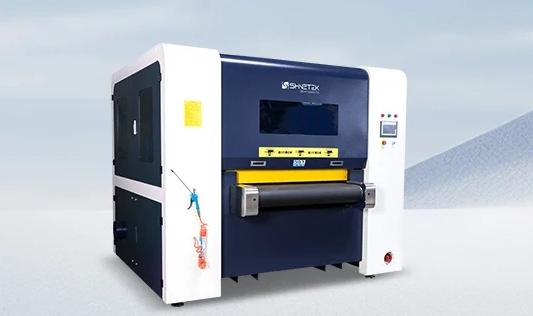In an age where electronics are integral to our daily lives, understanding how to diagnose faulty devices is essential for both professionals and enthusiasts alike. Whether you're troubleshooting a malfunctioning smartphone, a flickering television, or a stubborn laptop, having a systematic approach can save time and money. This article delves into the intricacies of diagnosing faulty electronics, providing a structured methodology that encompasses both basic and advanced techniques.
Understanding the Basics of Electronics
Before diving into diagnostics, it's crucial to have a foundational understanding of how electronic devices operate. Most electronics consist of three primary components: power supply, control circuitry, and output devices. A fault in any of these areas can lead to device failure. Familiarity with basic electronic principles, such as voltage, current, resistance, and circuit design, will significantly enhance your diagnostic capabilities.
Step 1: Initial Assessment
The first step in diagnosing faulty electronics is to conduct a thorough initial assessment. This involves:
- Visual Inspection: Examine the device for any obvious signs of damage, such as burnt components, loose connections, or corrosion. Look for swollen capacitors or discolored circuit boards, which can indicate overheating or electrical failure.
- Check Power Supply: Ensure that the device is receiving power. For battery-operated devices, check the battery condition and connections. For plugged-in devices, verify that the outlet is functional and that the power cord is intact.
- Listen for Sounds: Unusual sounds, such as buzzing or clicking, can provide clues about the nature of the fault. For instance, a clicking sound in a hard drive may indicate mechanical failure.
Step 2: Functional Testing
Once the initial assessment is complete, proceed to functional testing. This step involves using tools and techniques to isolate the problem:
- Multimeter Usage: A digital multimeter is an invaluable tool for diagnosing electronic faults. Use it to measure voltage, current, and resistance across various components. For example, testing the voltage at the power input can help determine if the device is receiving adequate power.
- Continuity Testing: Check for continuity in circuits to identify broken connections. This is particularly useful in troubleshooting wiring issues or faulty switches.
- Component Testing: If you suspect a specific component (like a resistor, capacitor, or diode) is faulty, test it individually. For instance, capacitors can be tested for capacitance and ESR (Equivalent Series Resistance) to determine their health.
Step 3: Advanced Diagnostic Techniques
For more complex issues, advanced diagnostic techniques may be necessary:
- Oscilloscope Analysis: An oscilloscope allows you to visualize electrical signals in real-time. This is particularly useful for diagnosing timing issues in digital circuits or analyzing waveforms in audio devices.
- Signal Tracing: This technique involves following the signal path through the circuit to identify where it fails. By injecting a known signal and measuring at various points, you can pinpoint the faulty section.
- Thermal Imaging: Overheating components can often indicate failure. A thermal imaging camera can help identify hot spots on a circuit board, allowing for targeted repairs.
Step 4: Documentation and Repair
Once the fault has been diagnosed, document your findings. This includes noting down the symptoms, tests performed, and the final diagnosis. Documentation is crucial for future reference, especially in professional settings.
When it comes to repair, ensure you have the right replacement parts and tools. Follow safety protocols, such as discharging capacitors and working in a static-free environment, to prevent further damage.
Conclusion
Diagnosing faulty electronics can be a daunting task, but with a structured approach, it becomes manageable. By understanding the basics, conducting thorough assessments, utilizing appropriate tools, and applying advanced techniques, you can effectively troubleshoot and repair a wide range of electronic devices. As technology continues to evolve, staying informed about the latest diagnostic methods and tools will further enhance your skills and efficiency in this critical area. Whether you are a hobbyist or a professional technician, mastering the art of diagnosing faulty electronics is a valuable asset in today’s tech-driven world.


